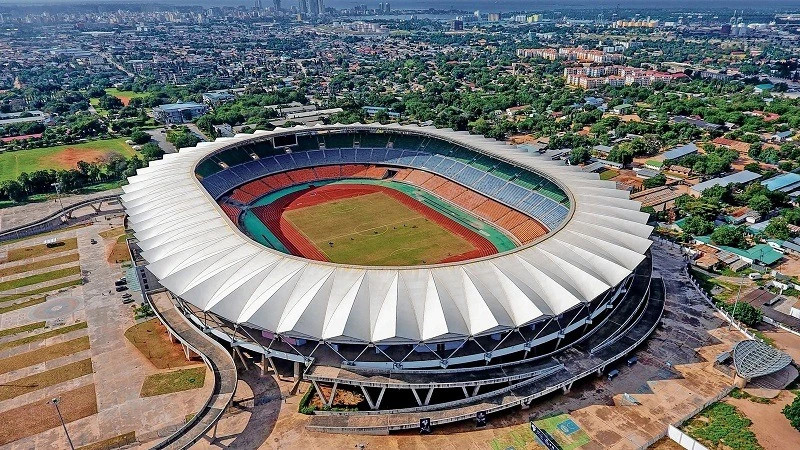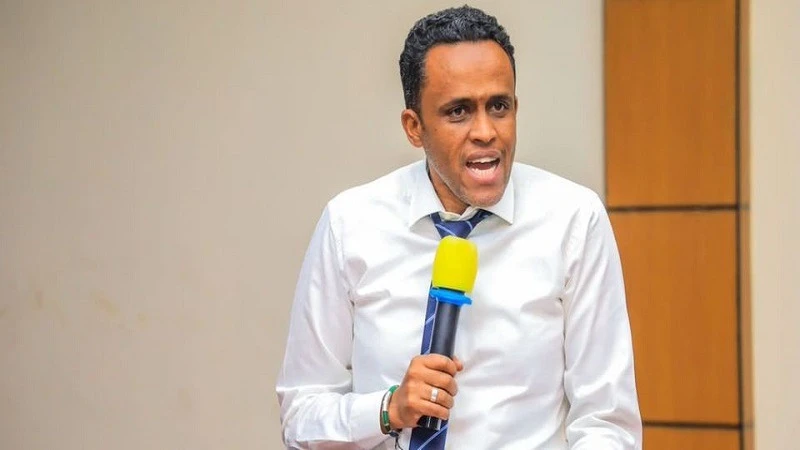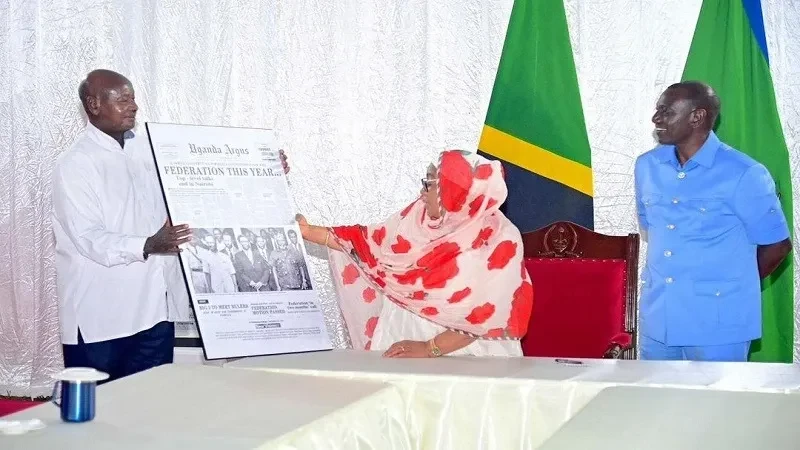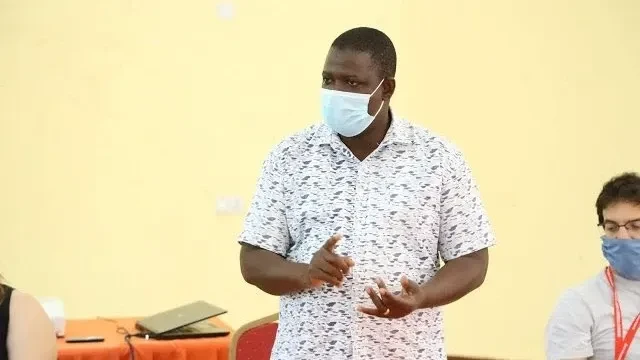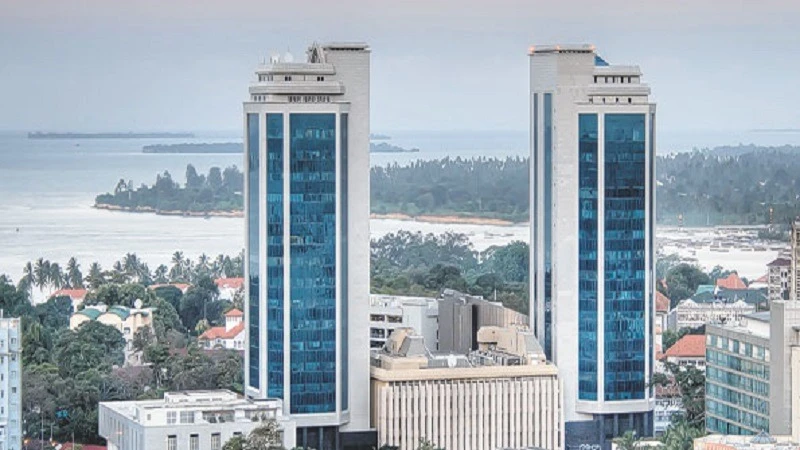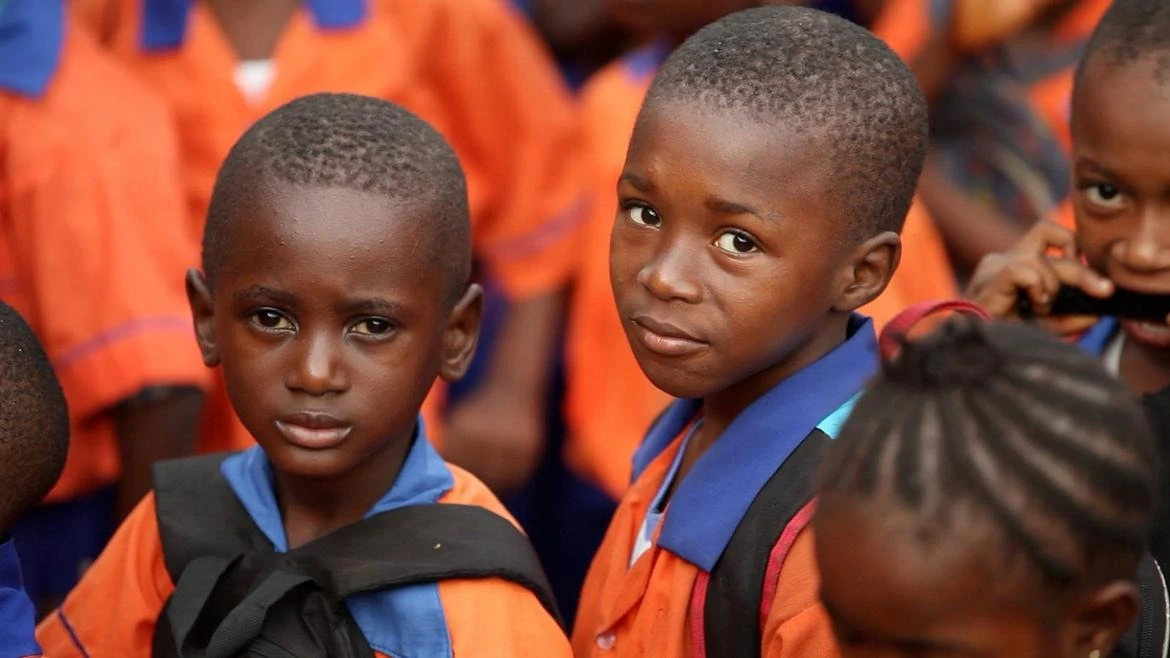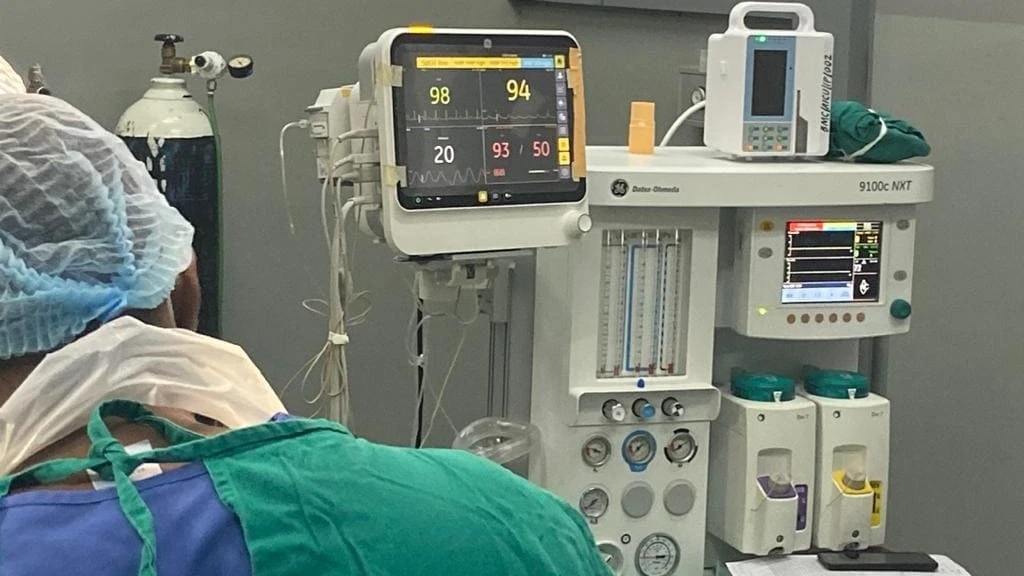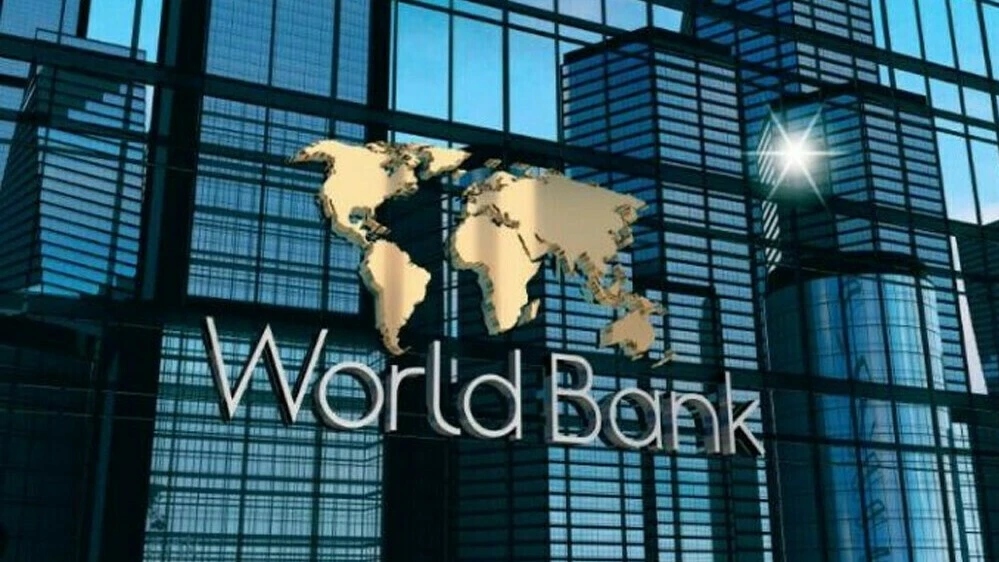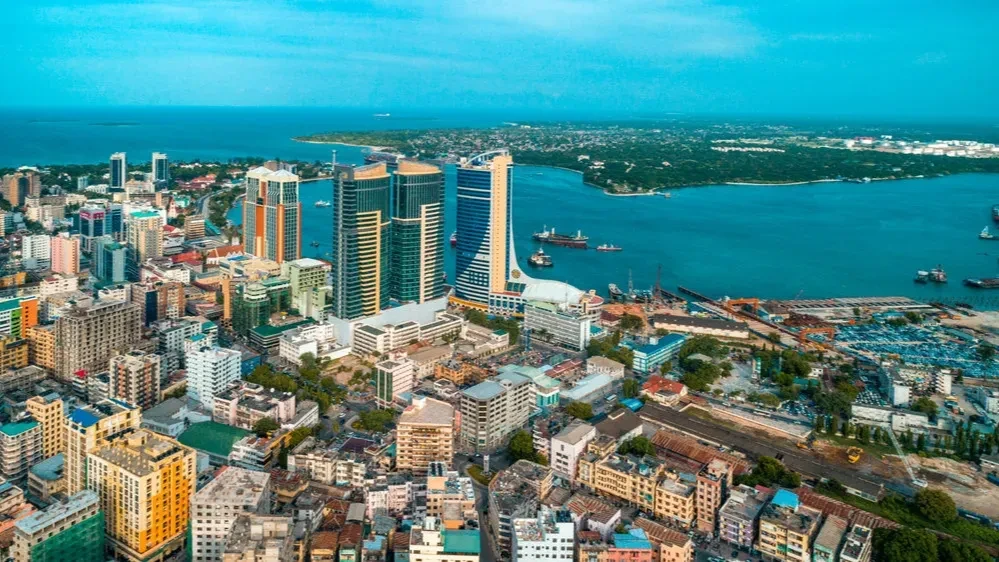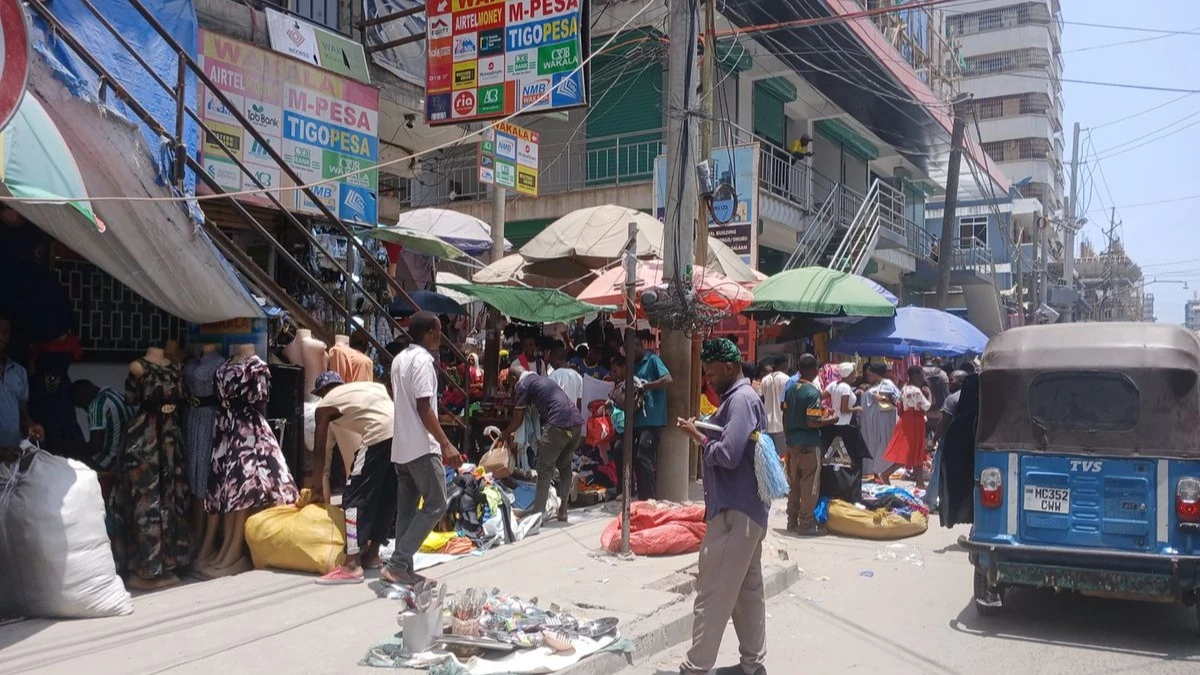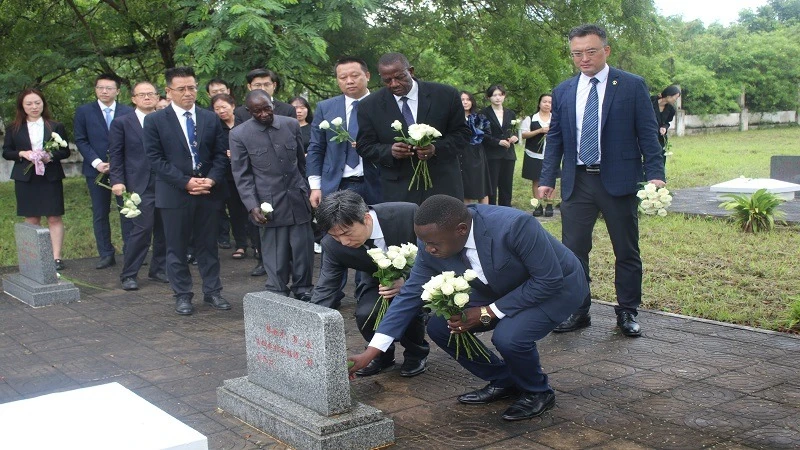VPO trip to Norway shows economic diplomacy efforts
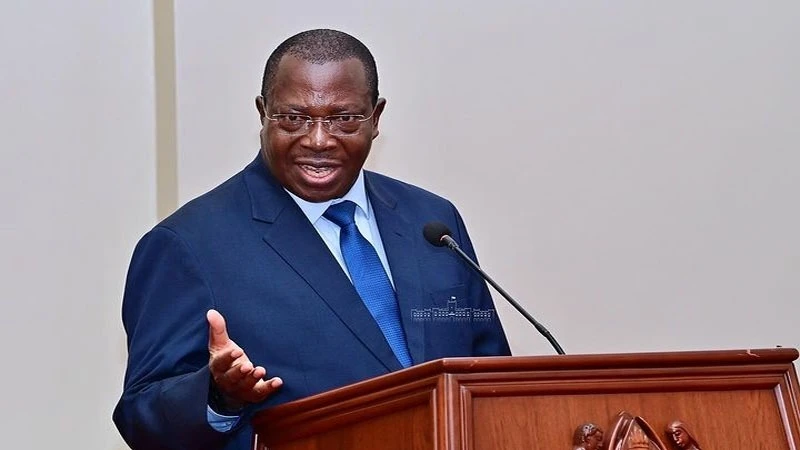
WHILE it is normal that interactions at the diplomatic level at any sphere of engagement have some unresolved puzzles known or grasped to those in the thick of that action, sometimes the situation is appealingly evident. This was the case when Tanzania and Norway lately examined progress in designing a monitoring system to measure, report and verify the effect of carbon emissions control and lately, carbon trading programmes. Did that engagement require a meeting in Oslo, or it could rapidly have been laid out by experts back in Dar?
The high point of those consultations was a meeting between the Union and Environment portfolio minister and the Norwegian Agency for Development Cooperation (NORAD) director general.
There was general satisfaction with what the country was doing in that direction, where the Vice President’s Office (VPO) state minister was on a three day visit. Now that looks interesting, using three days at the ministerial level in a donor country for environmental issues.
What was being aired on the meetings was admittedly familiar, for instance government proactive measures to address climate change, with a formal strategy on greenhouse gas emissions, now housed under the National Carbon Monitoring Centre (NCMC).
The centre is being praised as a model institution, one of its kind in Africa, but it isn’t sufficient reason for the minister to travel to receive those commendations. Norway has engagements in agriculture, education, research and weather monitoring, but environment was toast of consultations.
Looking at the matter closely, it appears that top administrators need to rewind an old cultural icon in the form of a children’s song, hinting that ‘the guest, on the third day, give him a hoe to go and farm.’ Current changes in world trade and global cooperation are symptoms that a remaking of the post-independence atmosphere was long overdue, as in many respects our countries resemble where Europe and North America stood in the first decade or two after WW2.
One onlike chronicle says that the Marshall Plan, pivotal to economic recovery in Europe, was implemented in 1948 with nearly $13bn in aid, primarily through grants and loans. The aid was used to purchase essential goods, modernize infrastructure to uplift economic recovery. It is money we can get from banks.
Some chroniclers put the figure at $50bn, maybe to make it look more decent or believable but the miracle it achieved in Europe wasn’t due to its size but the structures it impacted upon. It was given to central banks for onward lending to commercial banks, which loaned to all sorts of firms, and was catalytic in rebuilding whole economies.
The reason was that all sectors were in private sector hands minus national defence or public hospitals, while Africa has always sought money for public expenditure, not a revolving credit, thus always failed.
Frankly there was little that a national level delegation was needed to visit Norway to discuss, as all issues needing funding can be sorted out right here in Dar es Salaam if one is ready to use a PPP method.
That is part of ambivalent modernisation in Africa, that we have nearly the same technology as advanced countries, we share the same networks of banks by and large, but the public sector is protected by law and squeezes out economic vibrancy by wastefulness, With our intellectuals discussing ‘neo-colonialism’ on television, it will take time.
Top Headlines
© 2025 IPPMEDIA.COM. ALL RIGHTS RESERVED


